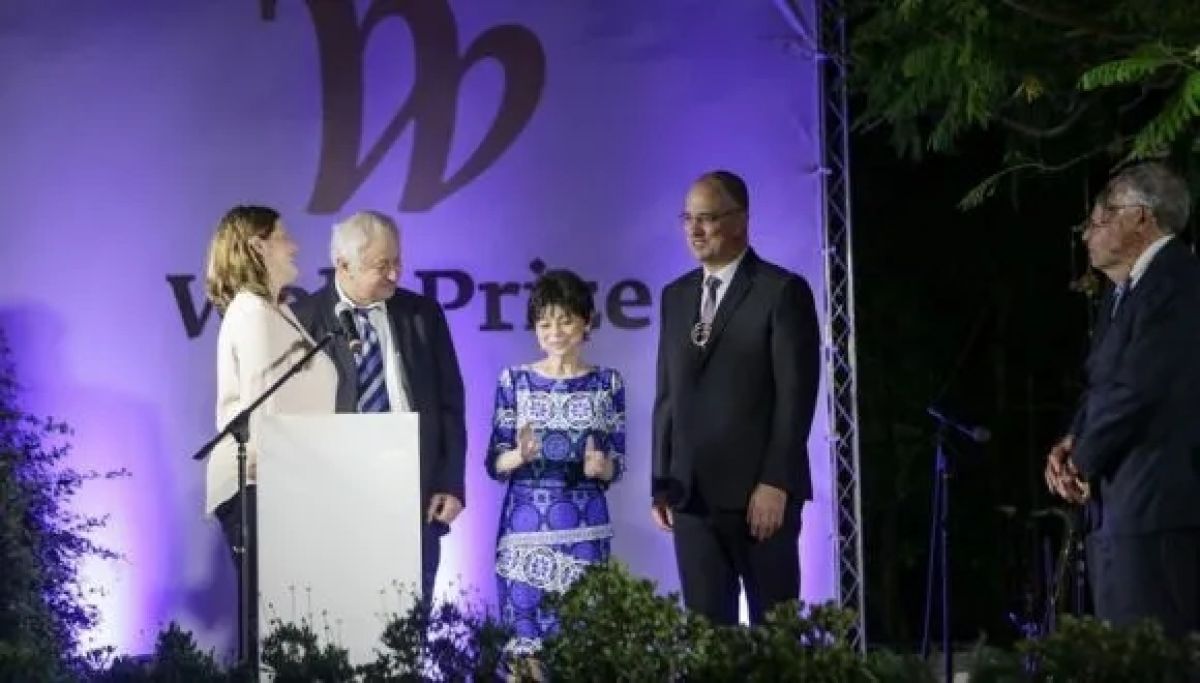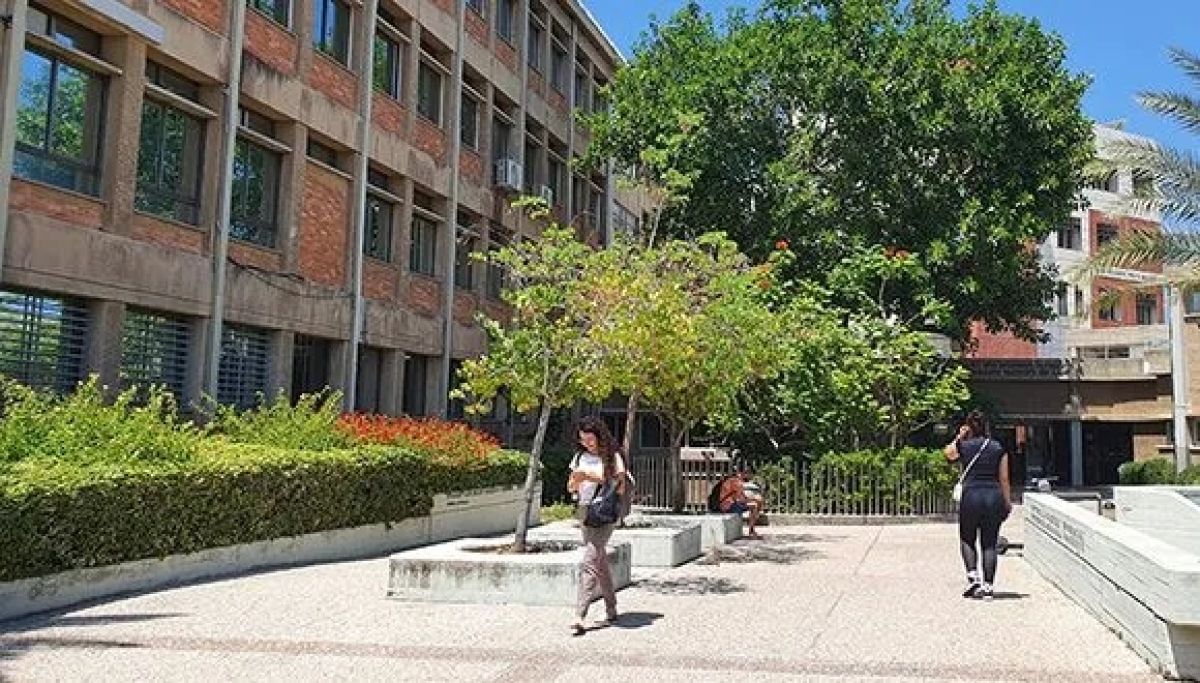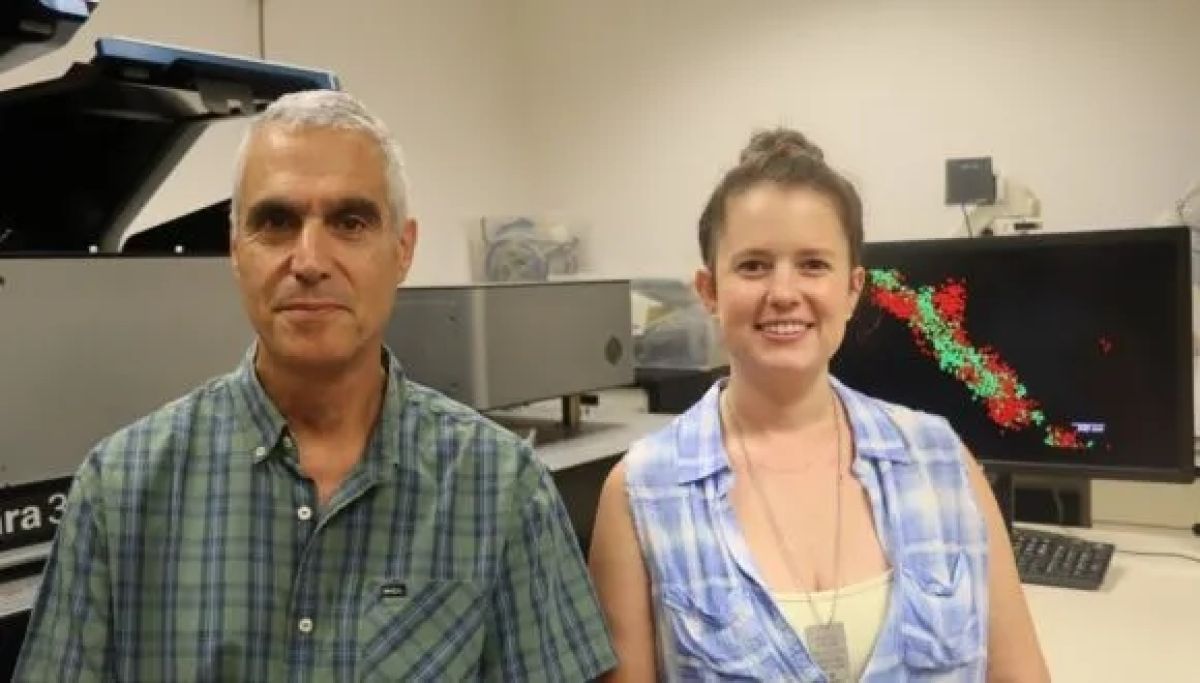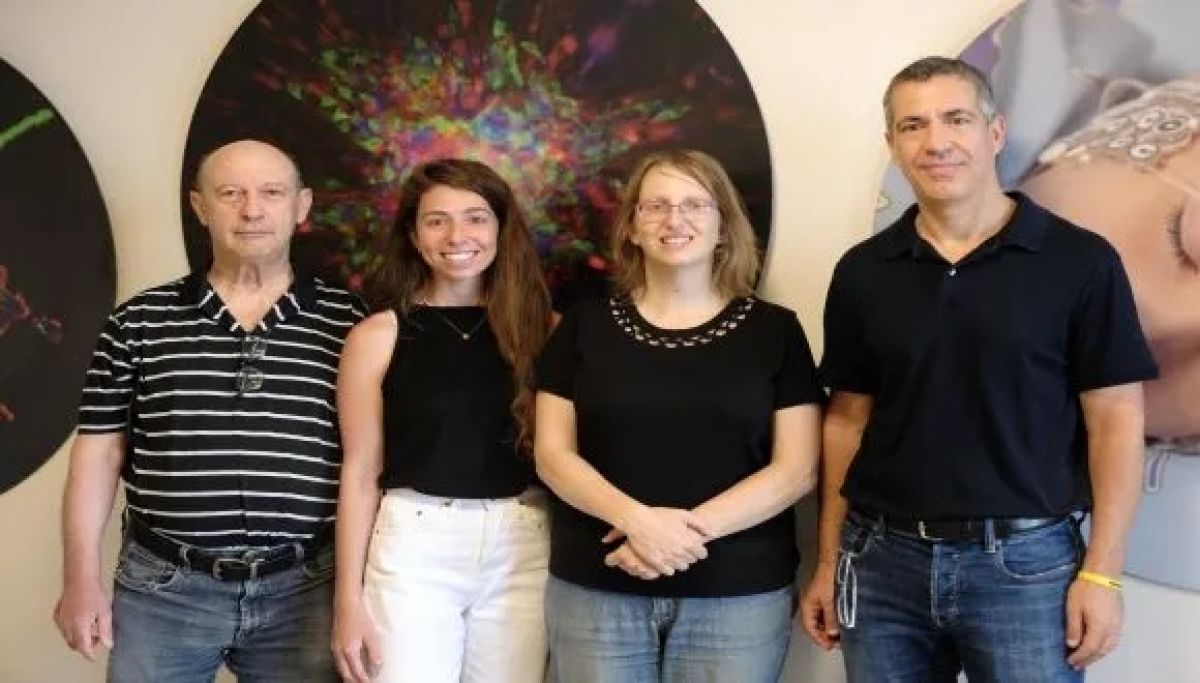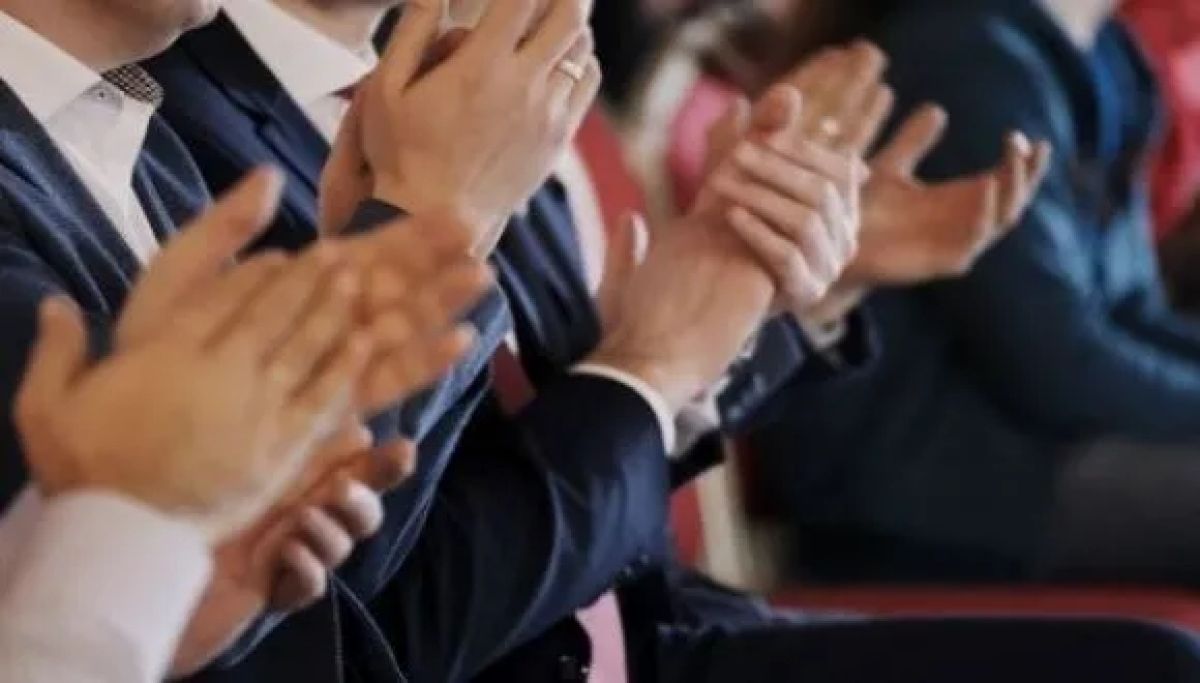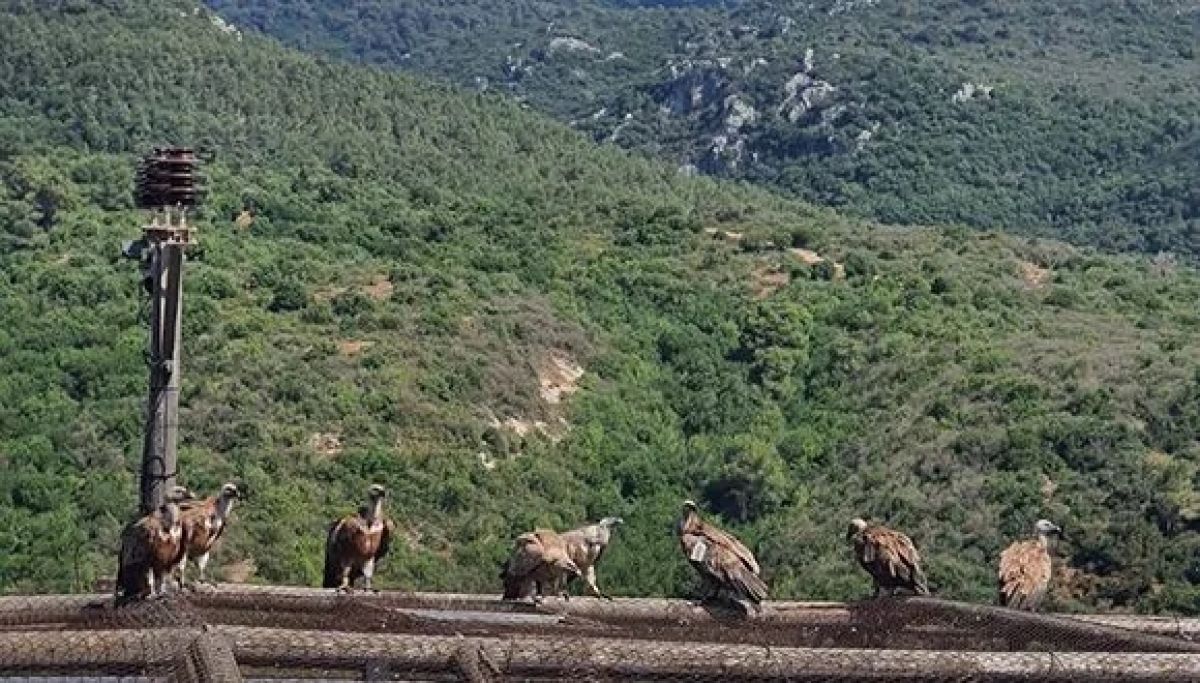Congratulations to 11 TAU Researchers on the Prestigious ERC Starting Grant 2024.
The European Research Council (ERC) announced the winners of the ERC Starting Grant for 2024. Among the winners are eleven researchers from Tel Aviv University from various research fields. The grant is aimed at promising early-career scientists, enabling them to achieve their research goals, work independently, promote cooperation and take initial steps in the commercialization of technology.
Prof. Dan Peer, TAU Vice President for Research and Development and Head of the Laboratory of Precision NanoMedicine: “We at Tel Aviv University take pride in our researchers being at the forefront of the international science community, contributing to the development and promotion of research and development of applied and commercialized technologies in a variety of different research fields.
“I am excited to see so many of our researchers on the list of winners this year, as well as the wide range of research fields. It is wonderful to see the recognition our researchers are receiving” – Prof. Peer.
The winners of the ERC Starting Grant from Tel Aviv University:
Prof. Yasmine Meroz, School of Plant Sciences and Food Security, and Center for the Physics and Chemistry of Living Systems
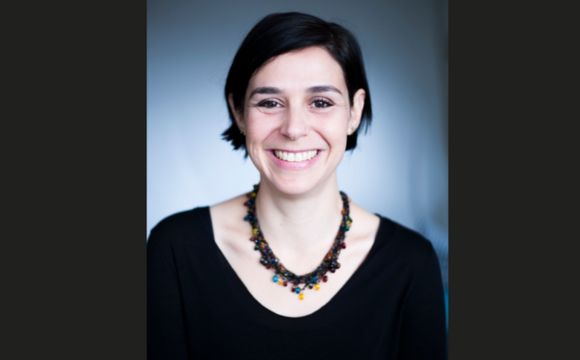
Photo Credit: Naomi Meroz.
Prof. Yasmine Meroz is a physicist whose research focuses on the physical processes underlying plant computation and behavior, enabling them to adapt to changing environmental conditions. Plants do not have a brain or a nervous system, yet they know how to grow strategically according to changing stimuli from the environment, such as light. The research for which Prof. Meroz received the grant elucidates the physical mechanisms enabling plants to perform complex computations in a distributed manner, from the microscopic level to the organismal level, and unravels how they use these computational abilities to navigate an unknown and unstructured environment that changes over time.
Dr. Nadav Cohen, Blavatnik School of Computer Science

Photo Credit: Aric Hoek.
Dr. Nadav Cohen focuses in his research on mathematical theories for Neural networks (NNs). NNs are delivering groundbreaking performance in various machine learning frameworks: from the basic framework of supervised learning to the powerful and challenging framework of control (also known as reinforcement learning). The success of NNs has led to immense interest in developing mathematical theories behind them. Recent years witnessed breakthrough results in the theory of NNs for supervised learning. On the other hand, from a theoretical perspective, much less is known about NNs in the powerful framework of control. Consequently, implementation of NNs in control is predominantly heuristic (much more than in supervised learning), and this hinders their use in control application domains where safety, robustness and reliability are critical, for example manufacturing, healthcare and aerospace. The overarching goal of the research is to develop a mathematical theory of NNs for control, providing explanations to mysterious empirical phenomena, as well as breakthrough practical techniques that promote safety, robustness and reliability.
Dr. Tomer Shenar, School of Physics & Astronomy

Photo Credit: Tel Aviv University.
Today, it is known that massive stars in the Milky Way galaxy – those that collapse into black holes and neutron stars at the end of their lives – tend to live their lives in pairs, which affects their development in a dramatic way. Dr. Shenar’s research aims to check for the first time whether this fact is also true in the ancient and distant universe, which is now at the forefront of space exploration. Although the early universe is too distant to observe its massive stars, it is possible to analyze massive stars in neighboring galaxies whose conditions resemble those of the early universe. In his research, for which he received the grant, Dr. Shenar proposes to test this by using some of the largest and most sophisticated telescopes on Earth and in space.
Dr. Lior Medina, School of Mechanical Engineering at the Iby and Aladar Fleischman Faculty of Engineering

Photo Credit: Tel Aviv University.
Dr. Lior Medina’s research focuses on developing a new class of smart structures, called micro-meta-structures. With the entrance of AI and the Internet-of-Things, sensory input in integrated systems is expected to increase, thus increasing the load on CPUs. As such, systems will be required to become efficient in terms of size and energy, as well as becoming autonomous. The new microstructures are expected to achieve that, while taking micro-electromechanical systems (MEMS) based sensors to their next evolutionary step, granting them new abilities such as multistability, non-volatility, and reconfigurability. These new features will not only foster further miniaturization and simplify design processes but also unlock new possibilities in sensor technology. Indeed, a recent breakthrough has shown that meta-structures can achieve multiple stable states, paving the way for a new class of mechanical sensors with new capabilities such as mechanical-based built-in computation and in-memory programming. However, that discovery was just the beginning, since multistability has the potential to create a cornucopia of new MEMS applications, from multivalued non-volatile mechanical memories to multivalued sensors with integrated logical gates. These advancements promise to revolutionize the field, enabling mechanical sensors to perform computations independently with reduced reliance on traditional CPUs, thereby supporting distributed and parallel edge computing, reversible computing, and beyond.
Dr. Aldema Sas-Chen, Shmunis School of Biomedicine and Cancer Research

Photo Credit: Shauli Lendner.
Dr. Aldema Sas-Chen’s research focuses on the regulation of gene expression by RNA-based mechanisms in health and disease. A major aspect of her work addresses the profiling and functional characterization of ribosomes, which are responsible for all protein production in cells. In her current research, for which she received the grant, Dr. Sas-Chen investigates the involvement of ribosomes in the regulation of cancer progression. Her research will focus on mapping the natural heterogeneity in ribosomal composition during cancer progression and will uncover unique ribosomal patterns that contribute to metastasis formation. The research will answer cardinal questions regarding general functions of the ribosome and will provide clinical insights into its involvement in disease progression.
Dr. Roy Barkan, Porter School of the Environment and Earth Sciences
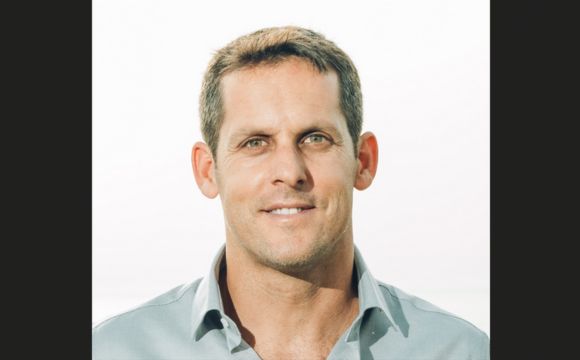
Photo Credit: Tel Aviv University.
Dr. Roy Barkan is a physical oceanographer specializing in geophysical turbulence. His winning grant will focus on the oceanic mixed layer, which is the near-surface layer of the ocean that comes in direct and continuous contact with the atmosphere. Consequently, the physics of the mixed layer determines the exchange of heat and carbon dioxide between the atmosphere and the deep sea. To date, the underlying physical processes that determine the oceanic mixed-layer depth and the exchange rate of properties at its base remain poorly constrained, posing one of the greatest uncertainties in climate models. The research will include detailed numerical modeling and field measurements of the various physical processes that govern mixed-layer dynamics, to develop new theories that can improve the representation of the mixed-layer processes in climate models and therefore improve climate projections.\
Dr. Ayala Lampel, Shmunis School of Biomedicine and Cancer Research

Photo Credit: Tel Aviv University.
Dr. Ayala Lampel, a biotechnologist, focuses on the regulation of catalytic processes within engineered microenvironments constructed through the phase separation of biomolecules. The primary research question her project addresses is how the chemical composition, physical, and material properties of these compartments affect reaction rate, conversion, and reactivity. The project is expected to lead to new green chemistry technologies, including innovative tools for regulating organic reactions and enabling cell-free drug synthesis in aqueous environments, free from organic solvents. The long-term vision is to develop micro-factories for targeted drug synthesis within living tissues.
Dr. Arseny Finkelstein, School of Medical and Health Sciences and Sagol School of Neuroscience

Photo Credit: Nina Travitsky.
Dr. Arseny Finkelstein is a neuroscientist who focuses his research on memory formation. How are memories formed? A central hypothesis in neuroscience posits that changes in the patterns of connections between neurons enable the brain to learn from experience and create new memories. To test this hypothesis, he will employ innovative optical methods that allow us to ‘read’ changes in connectivity and neural activity over time in the learning brain – at unprecedented scales, involving tens of thousands of individual neurons. He will also test fundamental constraints of memory formation by creating artificial memories via the direct ‘writing’ of new information into the brain. This research is expected to address long-standing questions about the physical basis of information storage in the brain and uncover the essential building blocks of learning and memory.
Dr. Roee Levy, Eitan Berglas School of Economics

Photo Credit: Tel Aviv University.
Dr. Roee Levy is an economist who studies the impact of social media, news consumption, and political outcomes such as polarization and the rise of populism. In the research for which he received the grant, Dr. Levy studies the slant of news (its political leading). Previous studies have measured the slant of news outlets (for example, the New York Times site versus Fox News). However, nowadays consumers no longer get all their content from one or two outlets but are exposed to many articles from various sources through social media. Dr. Levy and his research partners will fine-tune a large language model to estimate the slant of millions of articles and use this data to estimate the extent to which people are exposed to and consume like-minded news. The research will examine whether people reside in online echo chambers and what influences those echo chambers: the consumers’ choice to avoid content they disagree with, social media algorithms, or the tendency of outlets to produce more biased content.
Dr. Shani Danieli, School of Physics & Astronomy

Photo Credit: Chen Zirinski.
Dr. Shany Danieli is an astrophysicist specializing in observational cosmology and astrophysics. She studies galaxies to gain insights into various physical phenomena in the universe. As part of the ERC grant-funded project, Dr. Danieli will focus on faint and low-mass galaxies, which are nearly impossible to detect using traditional telescopes and methods. These galaxies are particularly important for studying dark matter – a mysterious substance that makes up over 80% of the matter in the universe, but whose nature and properties remain unknown. Dr. Danieli will use advanced telescopes on Earth and in space to discover and study faint galaxies beyond the Milky Way. This study has the potential to provide answers to important questions such as: How common are low-mass galaxies beyond the Milky Way? What are their compositions and the physical processes responsible for their formation and evolution? And what is the relationship between dark matter and visible matter in galaxies? Answers to these questions could shed light on the nature of dark matter, its impact on galaxy formation, and the evolution of the universe.
Dr. Dominik Maximilian Juraschek, School of Physics & Astronomy

Photo Credit: Oren Sarig.
Dr. Dominik Maximilian Juraschek is a physics and astronomy researcher. He studies hidden states of matter that can be induced in quantum materials through light-induced dynamical and in particular vibrational (phononic) processes. His current research focuses on chiral phononics: An electric current flowing through a conducting coil produces a magnetic field, an effect that is at the heart of electromagnetic induction. Similarly, the circular vibrational motion of atoms in a solid also called a chiral phonon, can produce microscopic currents that act as atomistic electromagnetic coils and produce effective magnetic fields. The ERC Starting Grant project CHIRALPHONONICS investigates how this mechanism can be utilized to control the functional properties of materials, to develop ultrafast switches for magnetic and topological properties that may form the basis of a new generation of electronics.

